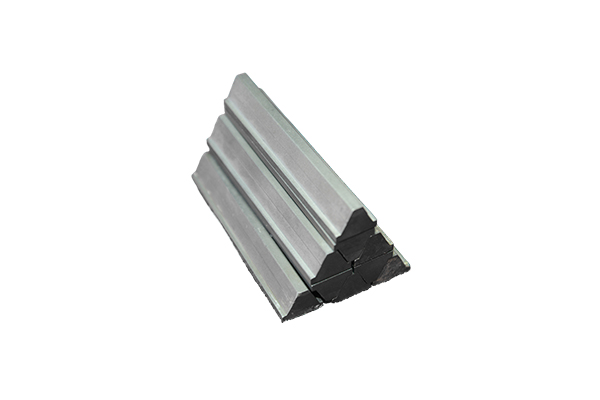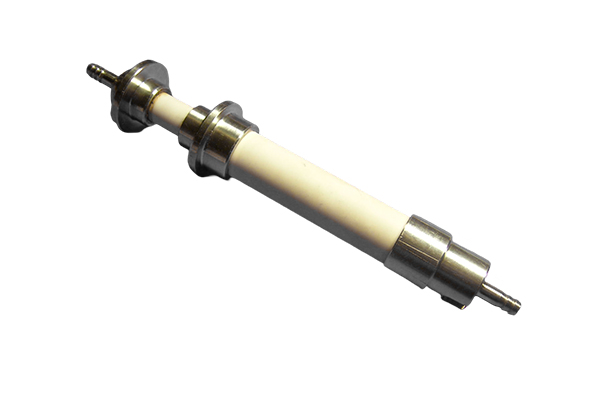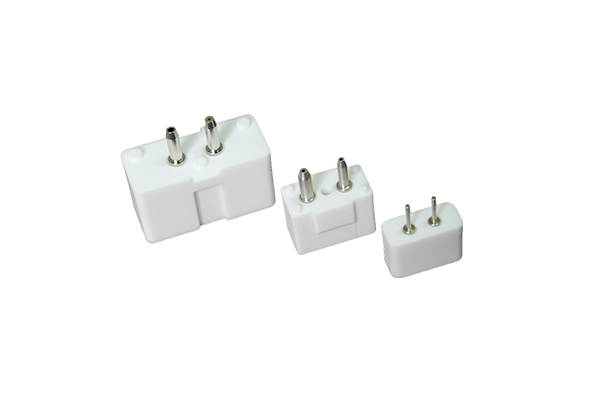Ceramic plunger customization: How to meet the special insulation needs of different fields?
Release Time : 2025-03-13
In modern industry and technology, the selection of insulating materials is crucial, especially in situations where high voltage, high temperature or corrosive environment are required. As a high-performance non-metallic material, ceramic plunger has become an ideal choice in many fields due to its excellent insulation performance, corrosion resistance and high temperature resistance. This article will explore how ceramic plunger can meet the special insulation needs of different fields.
The insulation performance of ceramic plunger comes from its unique material properties. Ceramic materials themselves have extremely high resistivity, which can effectively prevent the passage of current, thereby ensuring the safe operation of equipment. In power systems, ceramic plungers are widely used in key parts such as high-voltage switches, transformers and cable joints, and their excellent insulation performance provides a strong guarantee for the stable operation of power systems.
In addition to basic insulation performance, ceramic plunger also has excellent corrosion resistance and high temperature resistance. These characteristics make ceramic plunger widely used in chemical, petroleum, metallurgy and other industries. In the chemical industry, many media are highly corrosive, and traditional metal materials are often difficult to withstand. The ceramic plunger can operate stably and for a long time in these harsh environments due to its excellent corrosion resistance. At the same time, in the petroleum and metallurgical industries, high temperature environments have extremely high requirements for materials, and the high temperature resistance of the ceramic plunger makes it the preferred material in these fields.
In order to meet the special insulation needs of different fields, the customized design of the ceramic plunger is particularly important. First of all, the material selection of the ceramic plunger needs to be based on the specific application scenario. For example, in situations where it is necessary to withstand extremely high voltages, alumina ceramics with high resistivity can be selected; in situations where it is necessary to withstand high temperatures and corrosion, boron nitride ceramics are a better choice. Secondly, the structural design of the ceramic plunger also needs to be customized according to actual needs. Different application scenarios have different requirements for the size, shape, and connection method of the ceramic plunger. Through customized design, it can be ensured that the ceramic plunger has good mechanical properties and reliability while meeting the insulation performance.
In addition, the manufacturing process of the ceramic plunger also has an important impact on its performance. Advanced manufacturing processes can ensure the accuracy and surface finish of the ceramic plunger, thereby improving its insulation performance and corrosion resistance. At the same time, the optimization of manufacturing process can also reduce production costs, improve production efficiency, and make ceramic plungers more competitive in the market.
In summary, ceramic plungers have become an ideal choice to meet the special insulation needs of different fields due to their excellent insulation performance, corrosion resistance and high temperature resistance, as well as the flexibility of customized design. With the continuous advancement of science and technology and the continuous development of industry, the application scope of ceramic plungers will become more and more extensive, providing strong support for the safe and efficient operation of various industries.
The insulation performance of ceramic plunger comes from its unique material properties. Ceramic materials themselves have extremely high resistivity, which can effectively prevent the passage of current, thereby ensuring the safe operation of equipment. In power systems, ceramic plungers are widely used in key parts such as high-voltage switches, transformers and cable joints, and their excellent insulation performance provides a strong guarantee for the stable operation of power systems.
In addition to basic insulation performance, ceramic plunger also has excellent corrosion resistance and high temperature resistance. These characteristics make ceramic plunger widely used in chemical, petroleum, metallurgy and other industries. In the chemical industry, many media are highly corrosive, and traditional metal materials are often difficult to withstand. The ceramic plunger can operate stably and for a long time in these harsh environments due to its excellent corrosion resistance. At the same time, in the petroleum and metallurgical industries, high temperature environments have extremely high requirements for materials, and the high temperature resistance of the ceramic plunger makes it the preferred material in these fields.
In order to meet the special insulation needs of different fields, the customized design of the ceramic plunger is particularly important. First of all, the material selection of the ceramic plunger needs to be based on the specific application scenario. For example, in situations where it is necessary to withstand extremely high voltages, alumina ceramics with high resistivity can be selected; in situations where it is necessary to withstand high temperatures and corrosion, boron nitride ceramics are a better choice. Secondly, the structural design of the ceramic plunger also needs to be customized according to actual needs. Different application scenarios have different requirements for the size, shape, and connection method of the ceramic plunger. Through customized design, it can be ensured that the ceramic plunger has good mechanical properties and reliability while meeting the insulation performance.
In addition, the manufacturing process of the ceramic plunger also has an important impact on its performance. Advanced manufacturing processes can ensure the accuracy and surface finish of the ceramic plunger, thereby improving its insulation performance and corrosion resistance. At the same time, the optimization of manufacturing process can also reduce production costs, improve production efficiency, and make ceramic plungers more competitive in the market.
In summary, ceramic plungers have become an ideal choice to meet the special insulation needs of different fields due to their excellent insulation performance, corrosion resistance and high temperature resistance, as well as the flexibility of customized design. With the continuous advancement of science and technology and the continuous development of industry, the application scope of ceramic plungers will become more and more extensive, providing strong support for the safe and efficient operation of various industries.







